Research
Some of the exciting projects being overseen by the Chair, the goal of which is to meet the challenges inherent to the ecological transition, include formulating new concretes, especially through the integration of vegetable fibres or recycled waste, designing so-called smart materials with embedded sensors that allow them to adapt to climate and varying constraints, analyzing the properties of these new products and evaluating how they fit into the circular economy.
Our projects and achievements can be classified under three categories:
- Formulation and characterization
- Modelling
- Environmental assessment
- Multidisciplinary
Formulation and characterization
Ongoing projects
Objective:
- Developing an interior cladding solution made from hemp-lime concrete and wood fibre to help reduce anthropogenic greenhouse gas (GHG) emissions in the construction sector.
Partners:
SEREX, CT Consultant, HECO Innovations
Funding:
NSERC - Alliance Missions grants
Team (ÉTS):
Adrien Dupire, Aguerata Kaboré, Thomas Quirion
More information:
- Claudiane Ouellet-Plamondon
- Philippe Fortin: philippe@heco-innovation.com
- Aziz Laghdir: aziz.laghdir@serex.ca
- Charles Thibodeau: charles@ctconsultant.ca
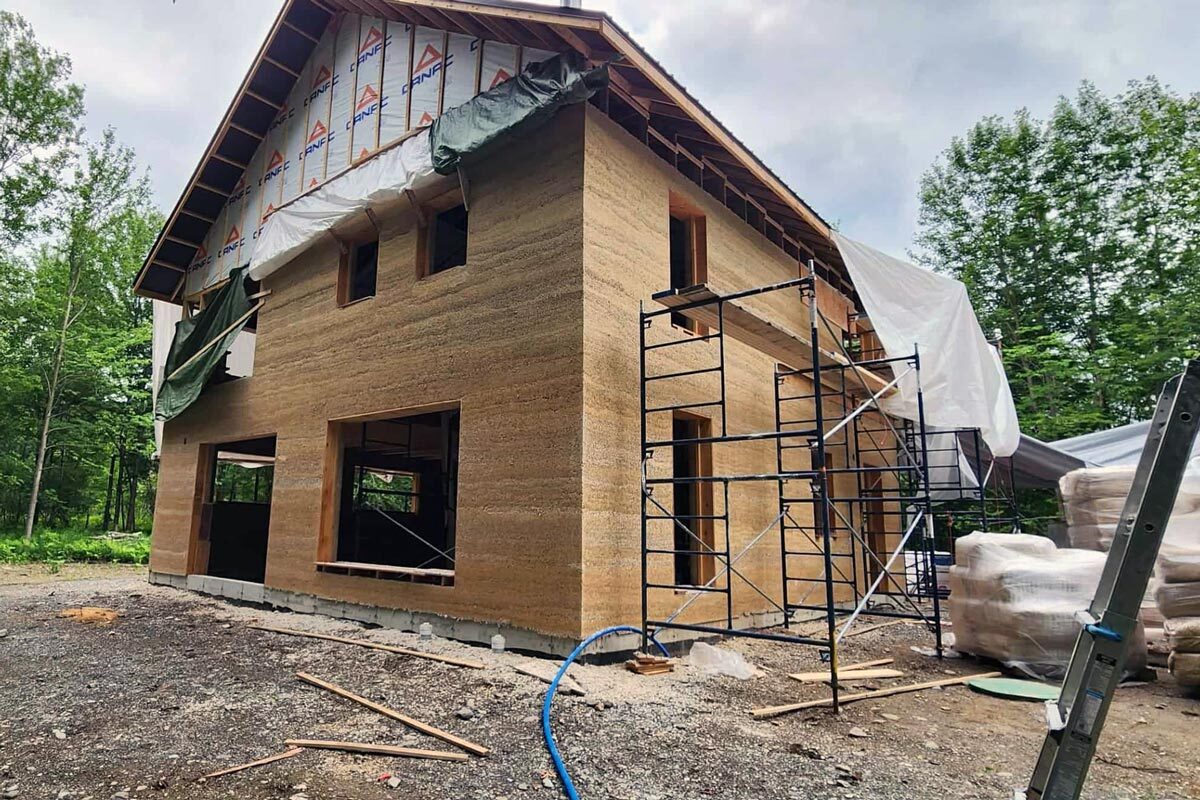
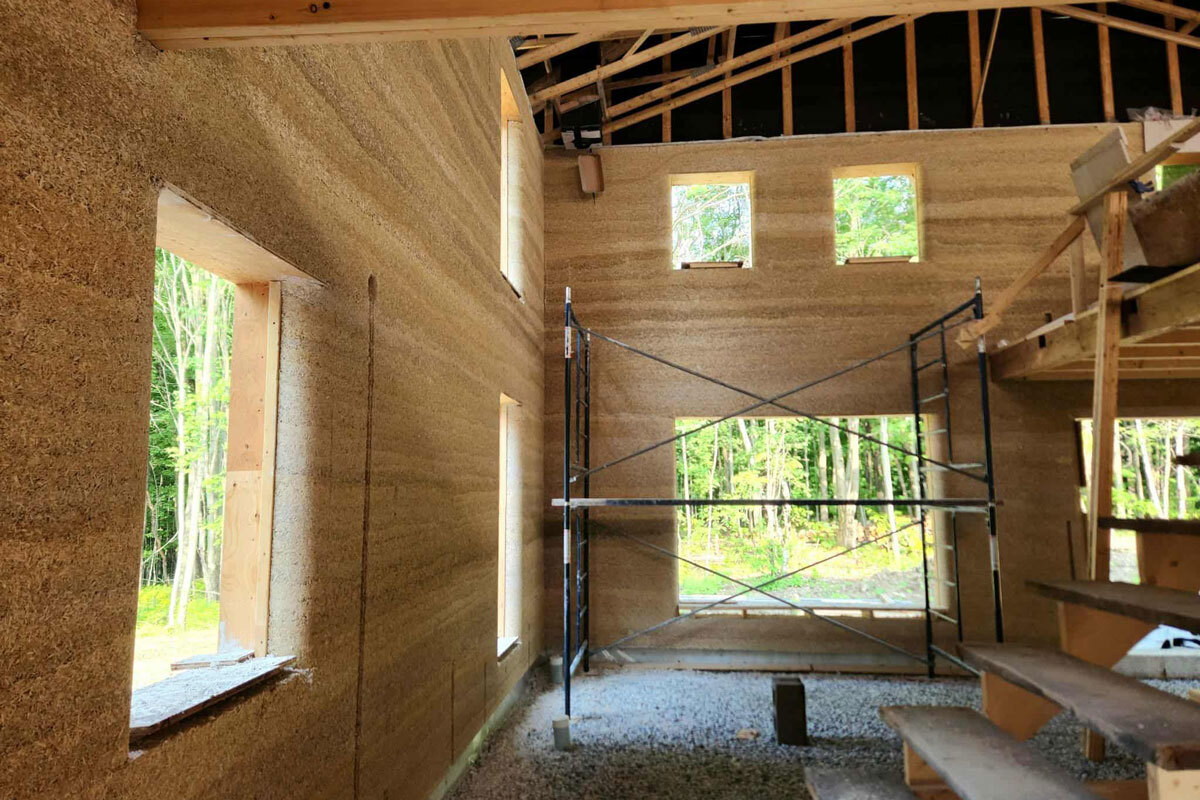
Objectives:
- Develop a method for the synthesis of geopolymer absorbents with bauxite residue (granular and slurry);
- Test the ability of these geopolymers to capture pollutants;
- Analyze the formulated products from a sustainable and economic development perspective.
Partner:
Rio Tinto
Funding:
Mitacs Accelerate
Team:
Michael DiMare, Rhea Guha, Pierre Bambier
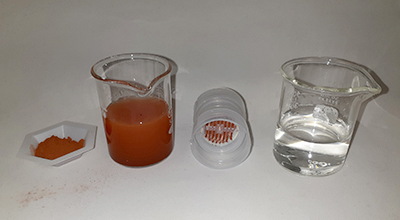
Objective:
- Assessment of new materials and manufacturing processes for large-scale packaging.
Partner:
Siemens Energy
Team:
- Lucas Hof (ÉTS)
- Silvia Castillo, Claudia Rega Sarasola
Objective:
- Accelerate the pace of innovation in 3D printing and automation for the civil engineering and construction engineering sectors.
Funding:
Canada Foundation for Innovation
Team:
Vasilis Sergis, François Duhaime
Achievements
Objectives:
- Optimize the use of treated SPL in cement pastes and other types of mining waste;
- Characterize the physico-mechanics and the effect of treated SPL on key properties of the microstructure of cemented paste backfill (CPB) using a multi-scaled approach;
- Characterize the sulfate content and leaching of these materials;
- Analyze the life-cycle of the production of CPB in order to compare the environmental impacts created by the use of two types of residues.
Partners:
Université Laval (applicant), Rio Tinto, Ciment Québec
Funding:
FRQNT
Team:
- Victor Brial, postdoctoral researcher
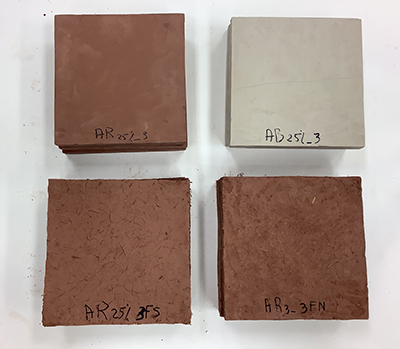
Objectives:
- Formulate a clay mixture with vegetable fibres for construction to measure the hygrometric properties;
- Measure the migration ward clay for products used to treat wood for fire and insect resistance;
- Test the fire resistance of wood-clay materials on girders and on a small wall prototype;
- Carry out hygrothermal modelling of the wood-clay envelope;
- Analyze the life-cycle to highlight the conditions that demonstrate that wood-clay houses are beneficial within a sustainability context;
- Disseminate the results to partners and in Africa.
Partners:
QWEB, American Structures, Technologies Boralife, ENERGIES 2050
Funding:
NSERC Alliance, PRIMA Québec
Team:
Auguerata Kaboré, Meriam Aouinti, Mathieu Bendouma
Objectives:
- Optimize the use of treated SPL in the three systems (cement pastes, mortars and concretes) by improving their properties;
- Characterize the physico-mechanics of new hydrated phases (e.g.: C-A-S-H, calcium-aluminate-silicate-hydrate) that significantly impact the microstructure of cement paste;
- Characterize the durability of new concretes with treated SPL;
- Analyze the life-cycle of treated SPL sub-products to highlight the environmental benefits of new concretes with treated SPL.
Partners:
Rio Tinto, Ciment Québec, Université Laval
Funding:
NSERC, CRITM
Team:
Victor Brial, Thomas Duplessis, Niakalé Camara
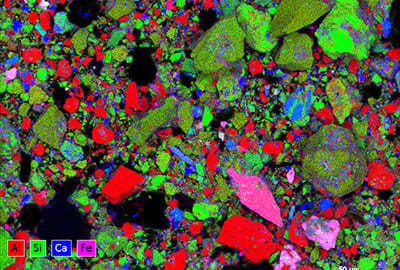
Objectives:
- Formulate concrete for 3D printing by measuring the rheological parameters of cementitious pastes with admixtures and supplementary cementing materials, hydration by calorimetry, adsorption of polymers to cement, compressive strength in the hardened state, and microstructure.
- Model rheology, flocculation and hydration mechanisms and construction processes for 3D printing programming.
- Construct concrete building components with a 3D printing process.
Funding:
Fonds de recherche du Québec - Nature et Technologie
Team:
Malo Charrier, Vasilis Sergis
Publications:
- D-optimal design of experiments applied to 3D high-performance concrete printing mix design
- Artificial neural network for the prediction of the fresh properties of cementitious materials
- How Admixtures Affect Yield Stresses of Cement
- Testing procedures on materials to formulate the ink for 3D printing
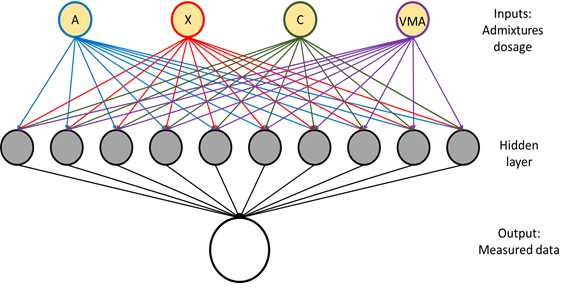
Modelling
Achievements
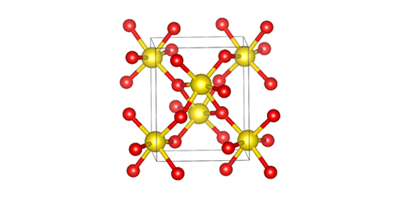
Objective:
- Develop atomic and course-grain bentonite modelling, including its interaction with copper linings.
Collaborator:
Queen’s University (applicant)
Funding:
NSERC, Nuclear Waste Management Organization (NWMO)
Team:
- Laurent Karim Béland, Queen's University
- Karim Zongo
Objective:
- Develop nanoscale modelling.
Partner:
Laurent Karim Béland (Queen’s University, applicant)
Funding:
Calcul Canada
Team:
Karim Zongo
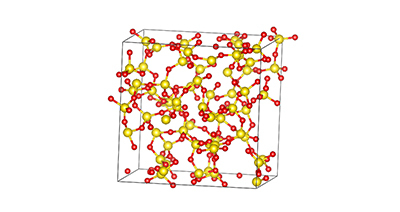
Objective:
- Develop an spreadsheet-based tool for assessing the energy benefits of using bauxite residue (BR) in the cement and concrete industry to demonstrate the environmental advantages associated with the use of BR.
Partner:
International Aluminium Institute
Funding:
International Aluminium Institute
Team:
Valérie Nattrodt Monteiro, Victor Brial, Michael DiMare
Reporting:
Environmental assessment
Achievements
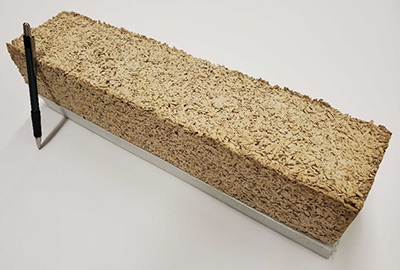
Objective:
- Improve vegetable fibre concrete to accelerate drying times and enhance hygrothermal properties.
Partner:
Isofib Éco Construction Inc.
Funding:
Mitacs Accelerate, Isofib
Team:
Philippe Fortin, Daniel Perraton
Objective:
- Develop and validate a technical protocol for testing air contamination using ATPmetry and disinfecting air-treatment systems in confined spaces to reduce the risks of contamination and transmission of the virus that causes COVID-19.
Partner:
Tecnea Canada
Funding:
Mitacs
Team:
Mathieu Bendouma
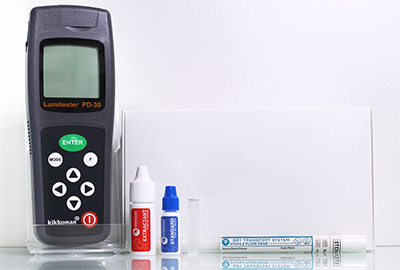
Objectives:
- Propose technical specifications for this material;
- Improve the technical specifications for this material;
- Define usage criteria and onsite controls;
- Compare the hardening of controlled low-strengh materials with that of conventional aggregate.
Partner:
CERIU
Funding:
CERIU, Mitacs
Team:
Michel Vaillancourt, Samuel Pothier
Reporting:
Remblai sans retrait - projet finalisé (in French)
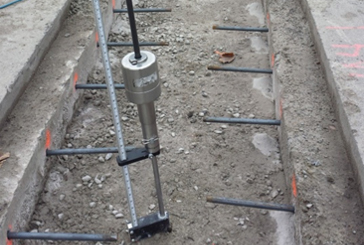
Objective:
- Study the differences between the results obtained using various LCA software applications and formulate recommendations for their use.
Partner:
Groupe Ageco
Funding:
Mitacs Accelerate
Team:
Vincent Roy
Reporting:
Multidisciplinary
Ongoing projects
Objectives:
- Develop urban design strategies tailored to vulnerable communities, accounting for risks affecting coastal socio-ecological systems, critical physical infrastructure, and water security.
- Co-design a framework for implementing solutions within living labs to support adaptation to the new climatic and socioeconomic conditions of the study areas.
- Create a participatory design methodology that fosters dialogue between institutions and citizens to collectively craft solutions that meet community needs and generate opportunities that reinforce and transform the social fabric.
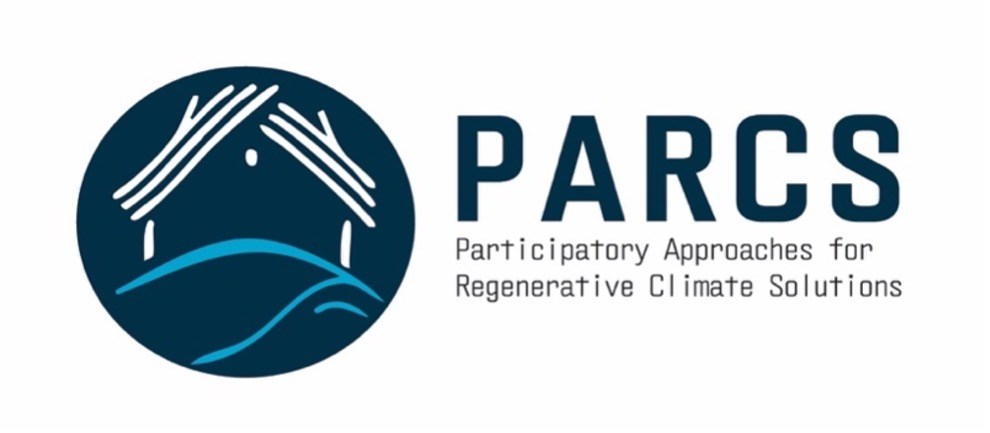
- Strengthen and transform the social fabric by generating opportunities emerging from this participatory approach.
- Conduct three case studies in close collaboration with local partners in communities exposed to sea-level rise, coastal flooding, and extreme rainfall events and storms (Colombia, Indonesia, and the U.S. Gulf Coast).
- Develop a strategy that can be replicated in other built environments facing similar climate-related risks.
- Contribute to the development of strategies for sustainable, inclusive, and resilient communities.
Canada funding:
New Frontier Research Funds, International (2023)
Nominated Principal Investigator:
Co-Principal Investigators:
- Harlem Acevedo Agudelo (Instituto Tecnológico Metropolitano)
- Adiwan Aritenang (Bandung Institute of Technology)
- Manish Kumar Dixit (Texas A&M University)
- Guillaume Habert (ETH Zurich)
- Aoife Houlihan Wiberg (University of Florida)
- Diego Ramirez Cardona (École de technologie supérieure)
- Liliana Restrepo Medina (Instituto Tecnológico Metropolitano)
- Nurrohman Wijaya (Bandung Institute of Technology)
- Arild Gustavsen (Norwegian University of Science and Technology)
Co-Applicants:
- Chris Blenkinsopp (University of Bath)
- Christina Demski (University of Bath)
- Tristan Kershaw (University of Bath)
- Donny Koerniawan (Bandung Institute of Technology)
- Jaimie Masterson (Texas A&M University)
- Jayanta Mondol (Ulster University)
- Freja Nygaard Rasmussen (Norwegian University of Science and Technology)
- Daniel Satola (Norwegian University of Science and Technology)
International co-funding partners:
Swiss National Science Foundation
Objectives:
- Participate in the creation of a collective space for exploring radical new concepts evolving from the meshing of media arts with engineering expertise;
- Develop artistic processes and art works that incorporate advanced functionalities;
- Introduce the general public to the creative process for the new augmented concrete & quantum link art installation, along with the corresponding NFT, with a view to sparking dialogue concerning the viability of these technologies.
Partners:
Jean-Ambroise Vesac (UQAT), Bora Ung and Kaiwen Zhang (ÉTS)
Funding:
FRQNT
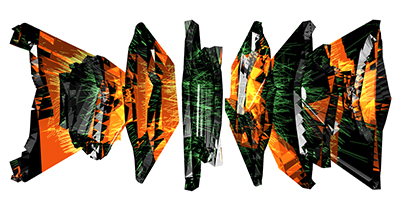
Achievements

Objective:
- Measure and manage living within the Earth’s carrying capacity on an urban scale.
Partner:
British Columbia Institute of Technology (BCIT)
Funding:
CRSH
Team:
Marie Vigier
Reporting:
Report to come


